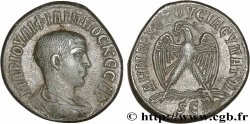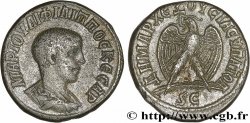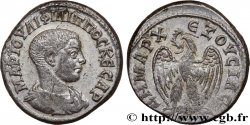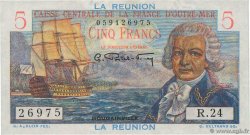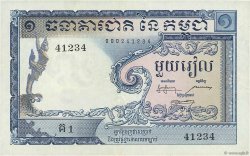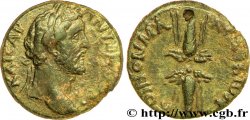Live auction - bpv_310229 - PHILIPPUS II Tétradrachme syro-phénicien
You must signin and be an approved bidder to bid, LOGIN TO BID. Accounts are subject to approval and the approval process takes place within 48 hours. Do not wait until the day a sale closes to register. Clicking on "BID" constitutes acceptance of the terms of use of cgb.fr private live auctions.
Bids must be placed in whole Euro amounts only. The sale will start closing at the time stated on the item description; any bids received at the site after the closing time will not be executed. Transmission times may vary and bids could be rejected if you wait until the last second. For further information check the Live auction FAQ
All winning bids are subject to a 18% buyer’s fee.
All winning bids are subject to a 18% buyer’s fee.
| Estimate : | 450 € |
| Price : | 262 € |
| Maximum bid : | 262 € |
| End of the sale : | 11 February 2025 15:06:52 |
| bidders : | 2 bidders |
Type : Tétradrachme syro-phénicien
Date: 248
Mint name / Town : Antioche, Syrie, Séleucie et Piérie
Metal : billon
Diameter : 27 mm
Orientation dies : 1 h.
Weight : 11,62 g.
Rarity : R3
Coments on the condition:
Bon centrage et frappe, minime usure de circulation, plat de frappe sur le ventre de l’aigle
Catalogue references :
Predigree :
Cet exemplaire est le 395_001 de la base TSP, il provient de la vente de Classical Numismatic Group 45 (18 mars 1998) lot 983 puis de la collection de Richard McAlee qui utilise l’exemplaire pour illustrer le type dans son Roman Coins of Antioch
Obverse
Obverse description : Buste tête nue, drapé de Philippe II césar à gauche, vu de trois quarts en arrière.
Obverse legend : MAR IOULI FILIPPOS KESAR
Obverse translation : (Marcus Julius Philippus césar).
Reverse
Reverse legend : ANTIOXIA / S|C À L’EXERGUE.
Reverse description : Aigle debout à gauche, les ailes largement déployées, tête et queue à droite, tenant une couronne feuillée dans son bec.
Reverse legend : DHMARC - EX OUSIAS UPATO G
Reverse translation : (Revêtu de la puissance tribunitienne / Consul pour la troisième fois / avec l’accord du Sénat d’Antioche).
Commentary
Dans la base TSP maintenue par Michel Prieur, trois exemplaires sont maintenant répertoriés pour ce type, dont un seul en musée à Oxford.







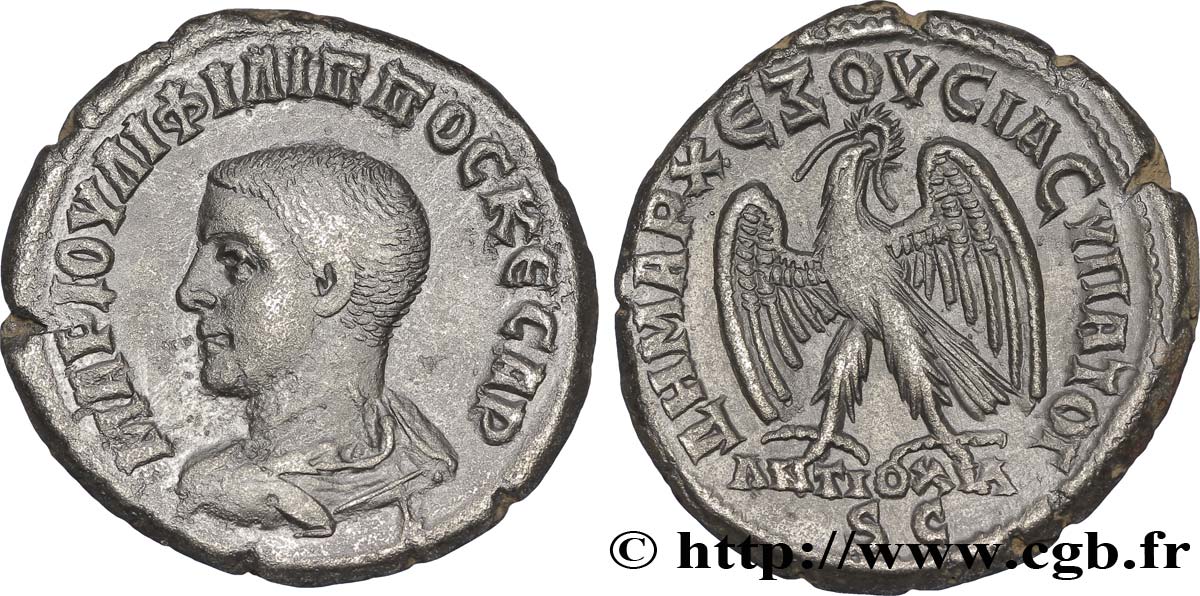
 Report a mistake
Report a mistake Print the page
Print the page Share my selection
Share my selection Ask a question
Ask a question Consign / sell
Consign / sell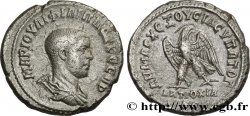
 Full data
Full data